Probably the most famous cadence whistles in cinema history. As I was spending a day exploring the Bangkok area, my Lonely Planet reminded me that the famous “Bridge over the River Kwai” was a two-hour drive northeast of Bangkok, in the direction of the Myanmar border. Without missing a beat, I added Kanchanaburi, the town on the banks of the Khwae Yai, to my itinerary.
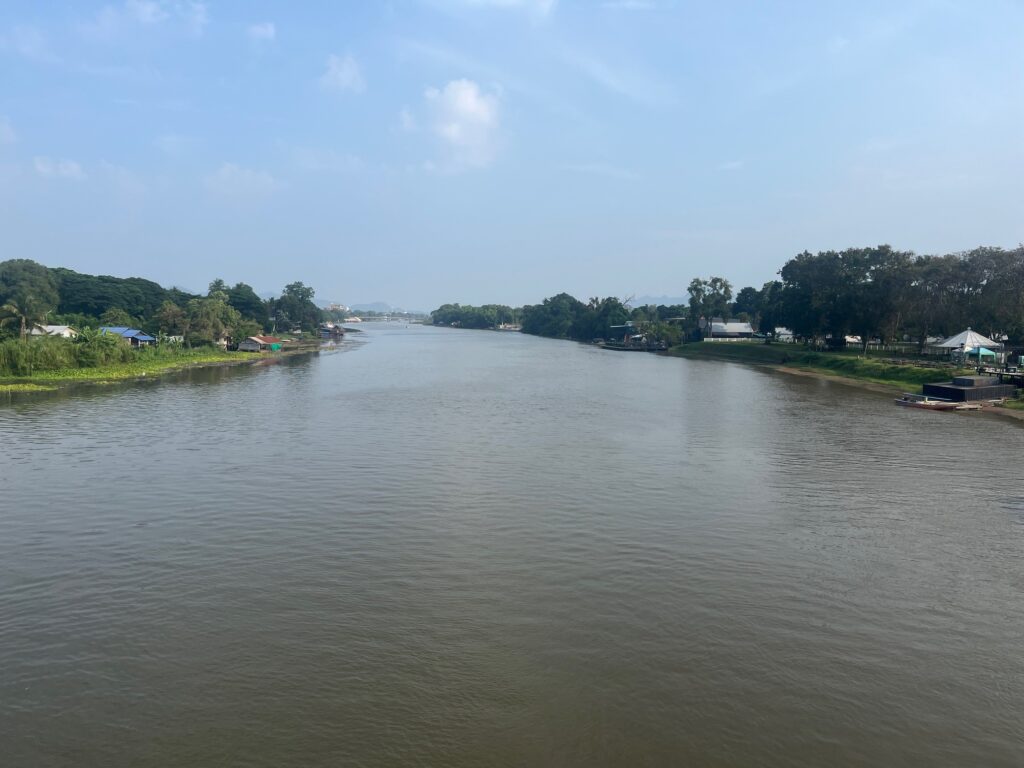
I had only vague memories of the film I had seen as a teenager: the whistling march of the British prisoners and Alec Guinness playing a proud, stubborn colonel, which a stay in the “oven”, a cell too small to stand upright and exposed to direct sunlight, failed to break.
Arriving in Kanchanaburi, I crossed the black iron bridge on foot in both directions. I stepped aside to let a Thai railway train pass at a snail’s pace. The bridge, and the river, look nothing like in the film, but that’s hardly surprising given that the Hollywood production was shot in Sri Lanka.
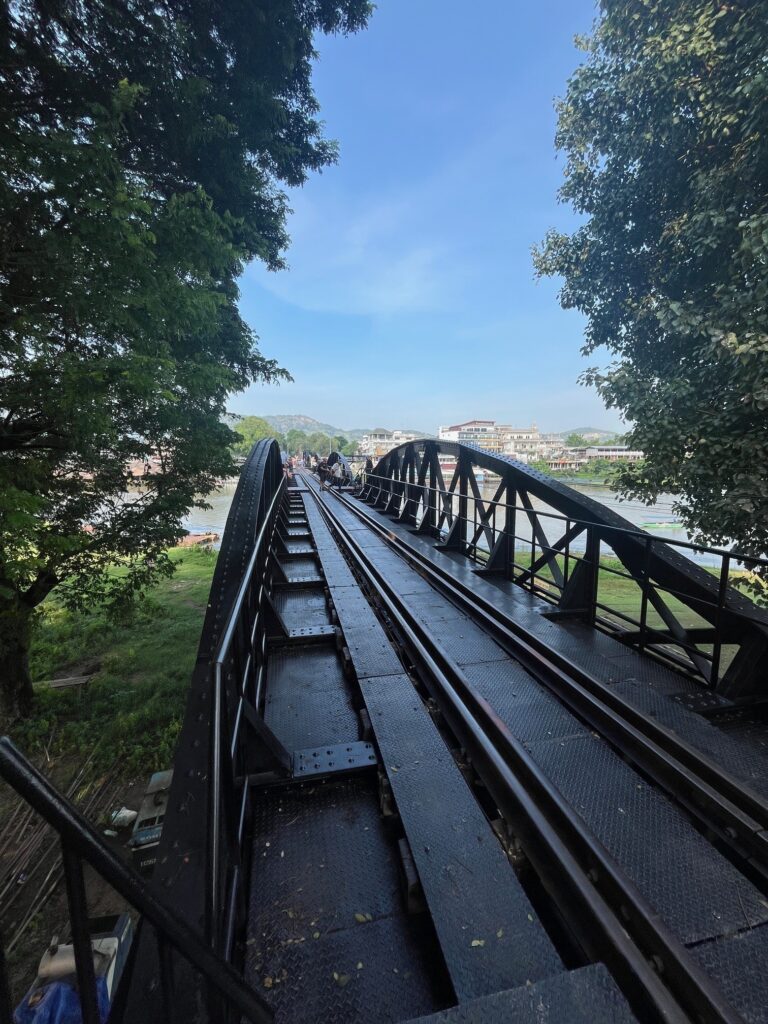
I then visited the “Thailand – Burma Railway Centre” to learn more about the history of the construction of the bridge and railroad, ordered by the Japanese administration during the Second World War to complete the link between Bangkok and Rangoon and thus facilitate the Japanese war effort in Burma. The train was nicknamed the “Death Railway” because it was built in the jungle by the forced labor of some 180,000 Asian civilians and 60,000 Allied Prisoners of War. An estimated 90,000 civilians and 16,000 POWs lost their lives. Far from film scenarios, the museum documents and illustrates the historical context and the appalling living conditions of the POWs. Opposite the museum, the military cemetery houses the graves of almost 7,000 soldiers from the Commonwealth and the Netherlands.
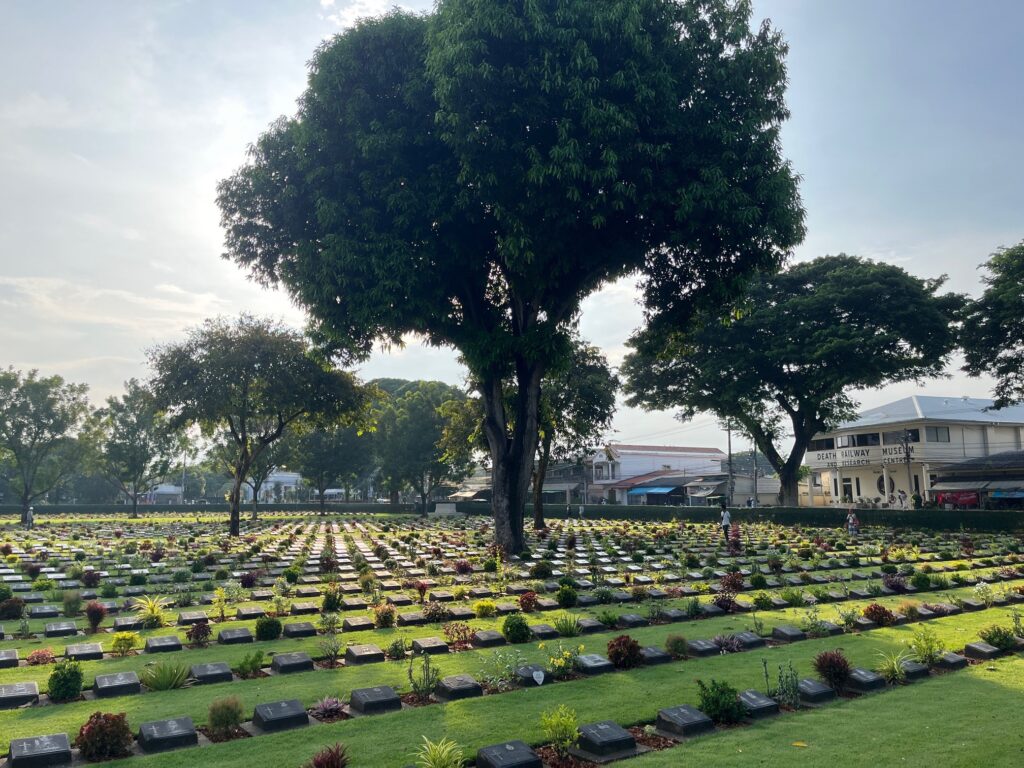
After being built by prisoners under the orders of the Japanese army, bombed by the Americans at the end of the war and rebuilt thanks to war damages paid by Japan to Thailand, and before becoming a famous film, “The Bridge on the River Kwai” is a novel by French writer Pierre Boulle. Boulle served as a secret agent for the Free French Forces in Singapore before being imprisoned for two years in a labor camp, an experience from which he drew material for the novel. I’ve just read the book and watched the film again. The novel is short, well-written and conveys well the tension between the need to maintain morale and discipline among the troops, which drives Colonel Nicholson to put all his energy behind building the bridge, and the strategic imperatives of the Allies, who order the bridge to be sabotaged. The book – like the film – is, however, rather dated in its emphasis on the civilizing virtues of Western organization in the face of Asian chaos. In this respect, however, it is likely a fairly accurate reflection of the state of mind of British officers at the time.
The endings of the novel and the film are radically different. I won’t reveal more. In the wake of my visit to the famous bridge, I also read with great interest the story entitled “Kwaï” by Vincent Hein (not available in English). The French writer, who recalls watching the film with his father as a child, explores Kanchanaburi and the places that recall the Death Railway tragedy. The journey opens up a fascinating reflection on war, death and family history.
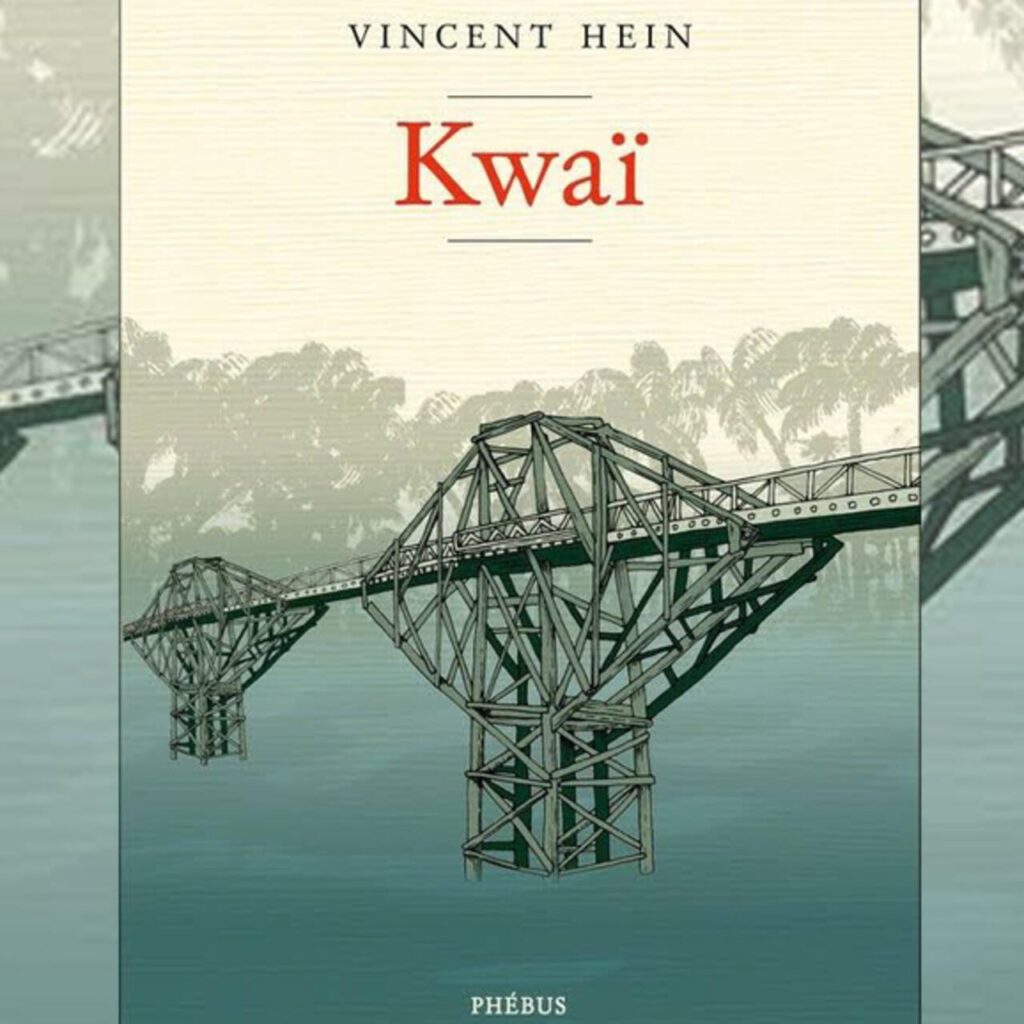
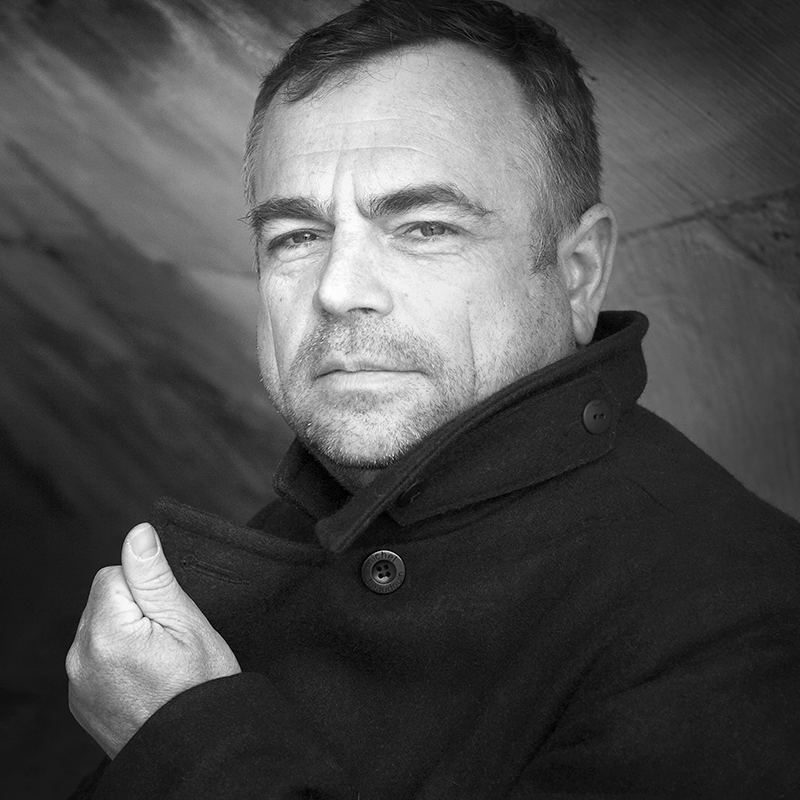
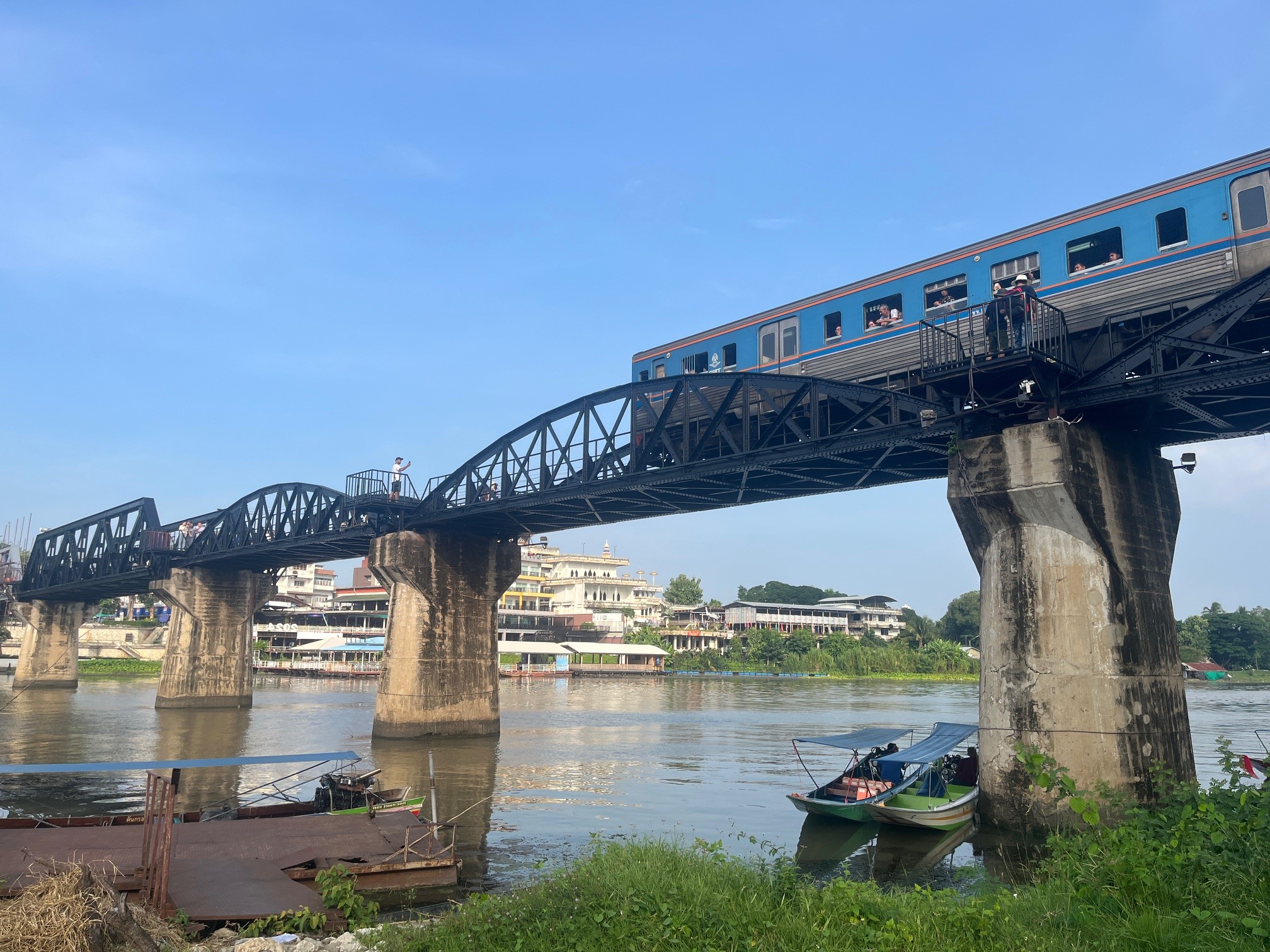
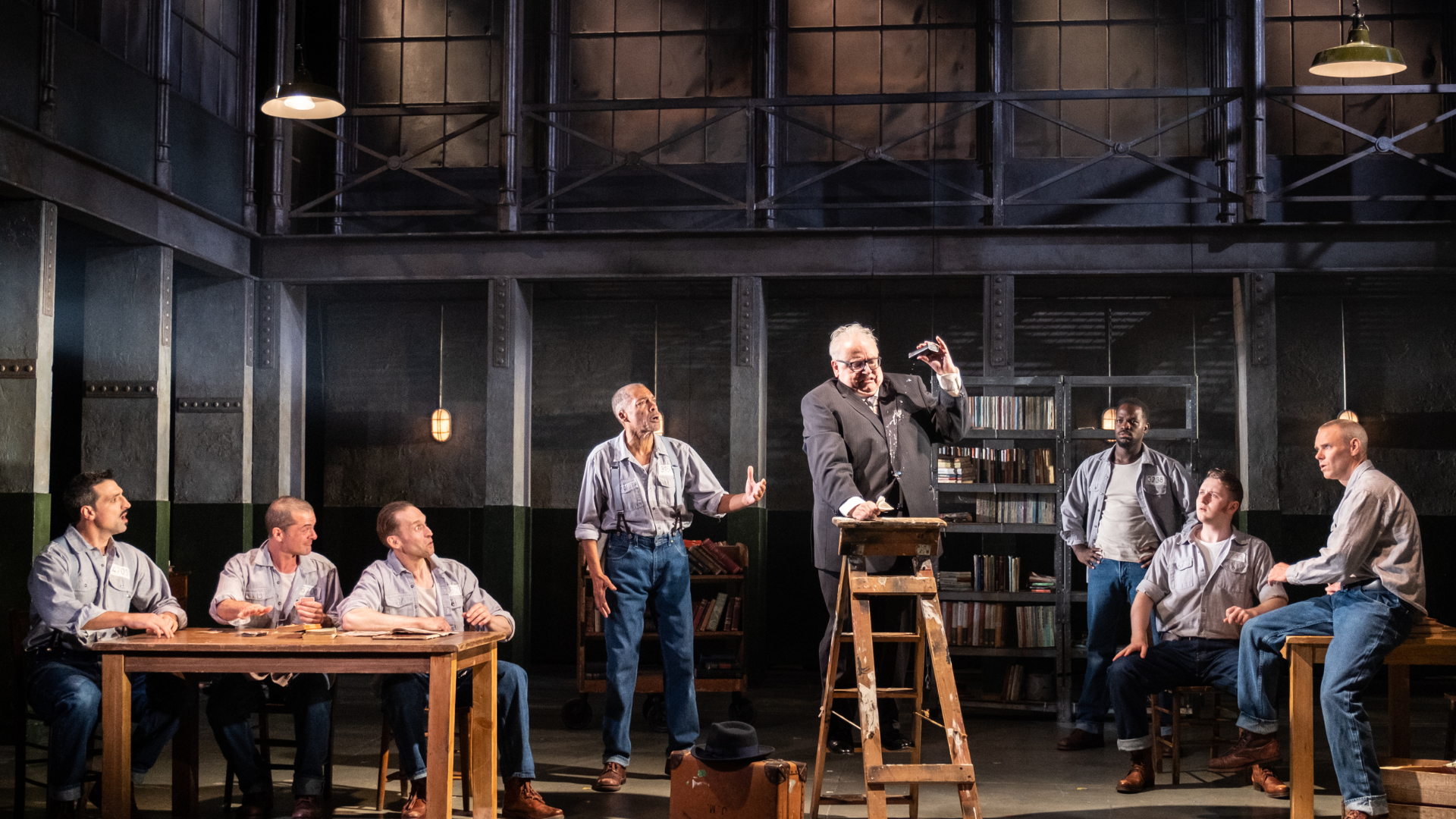
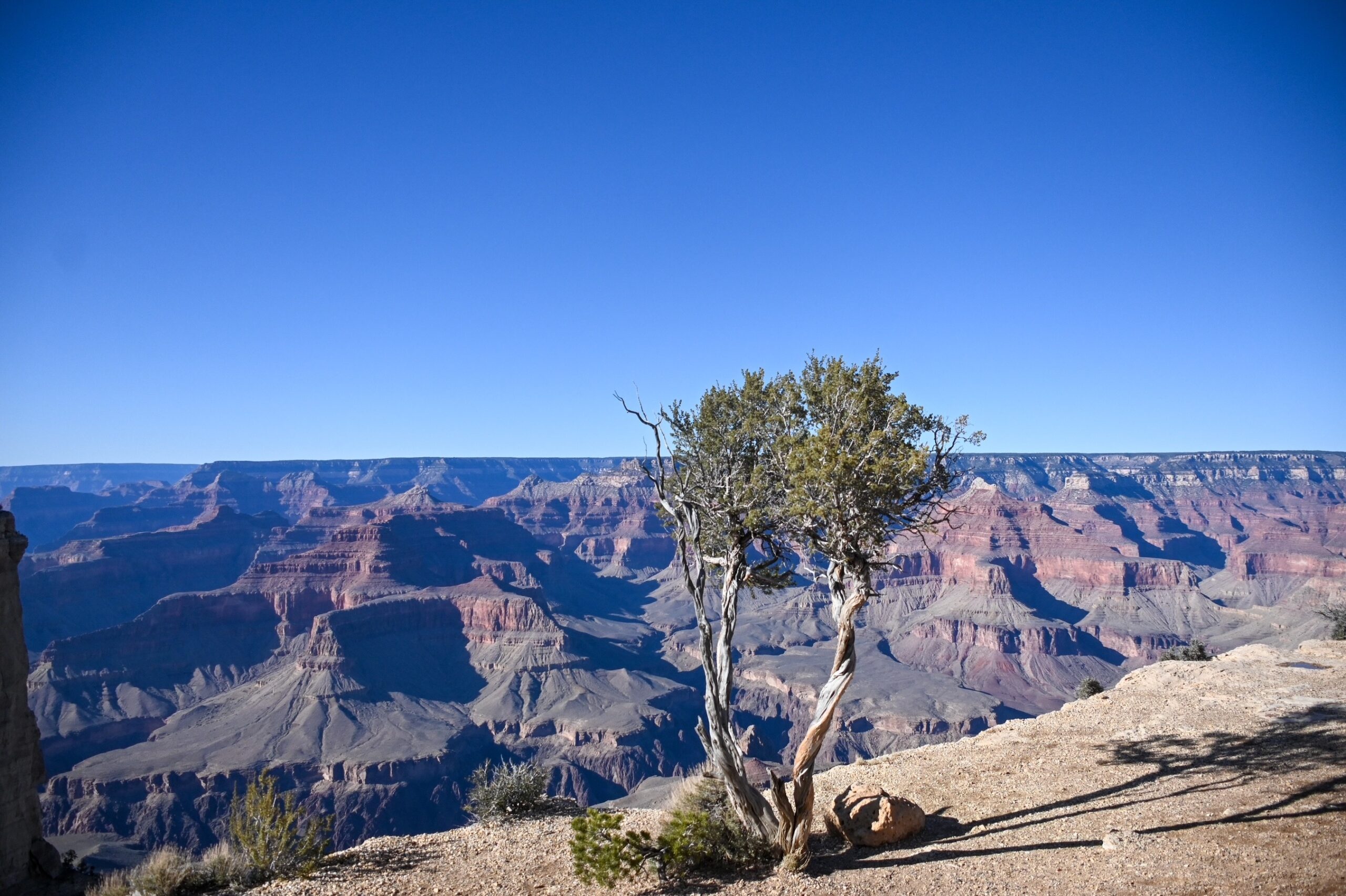
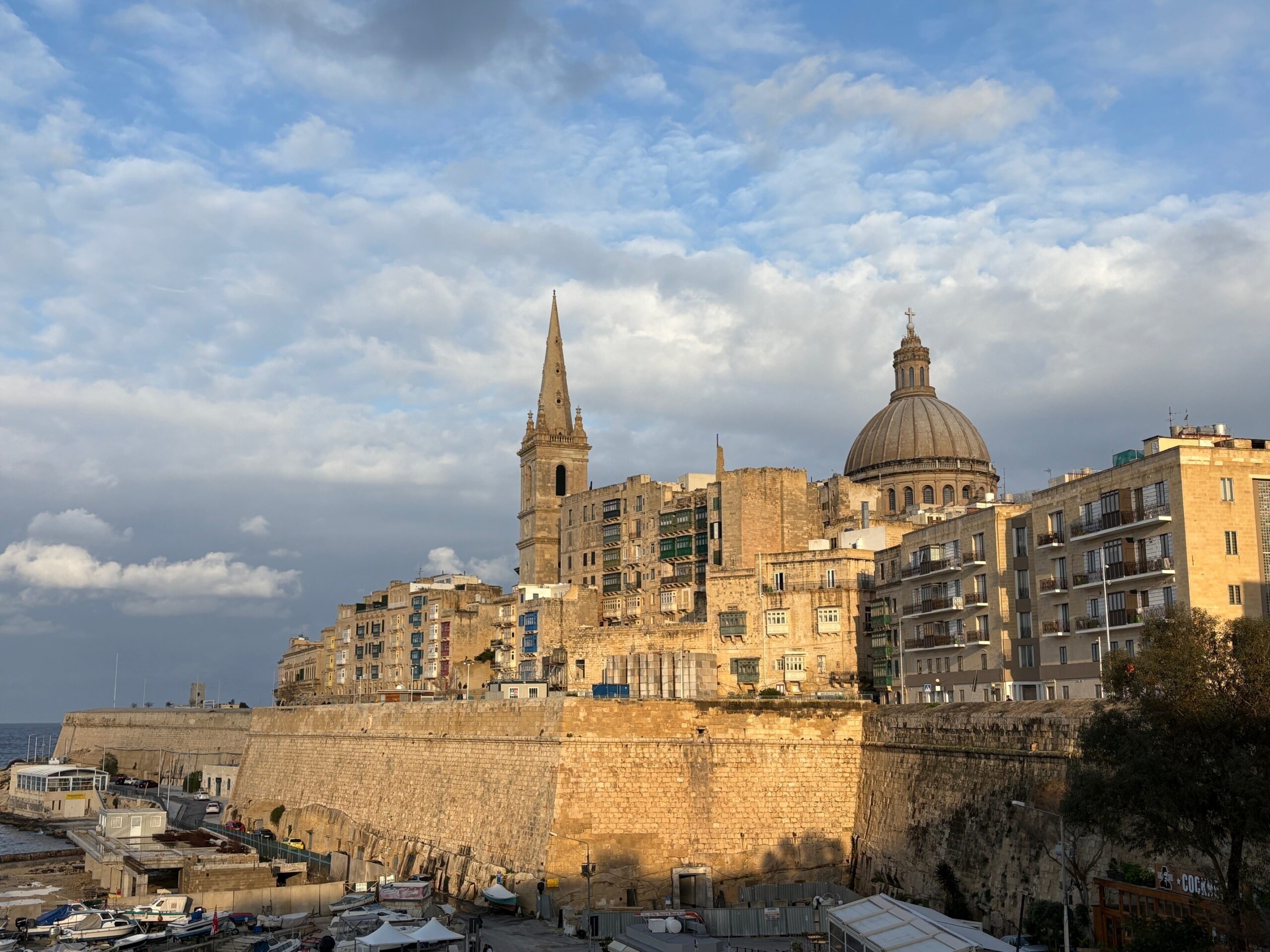
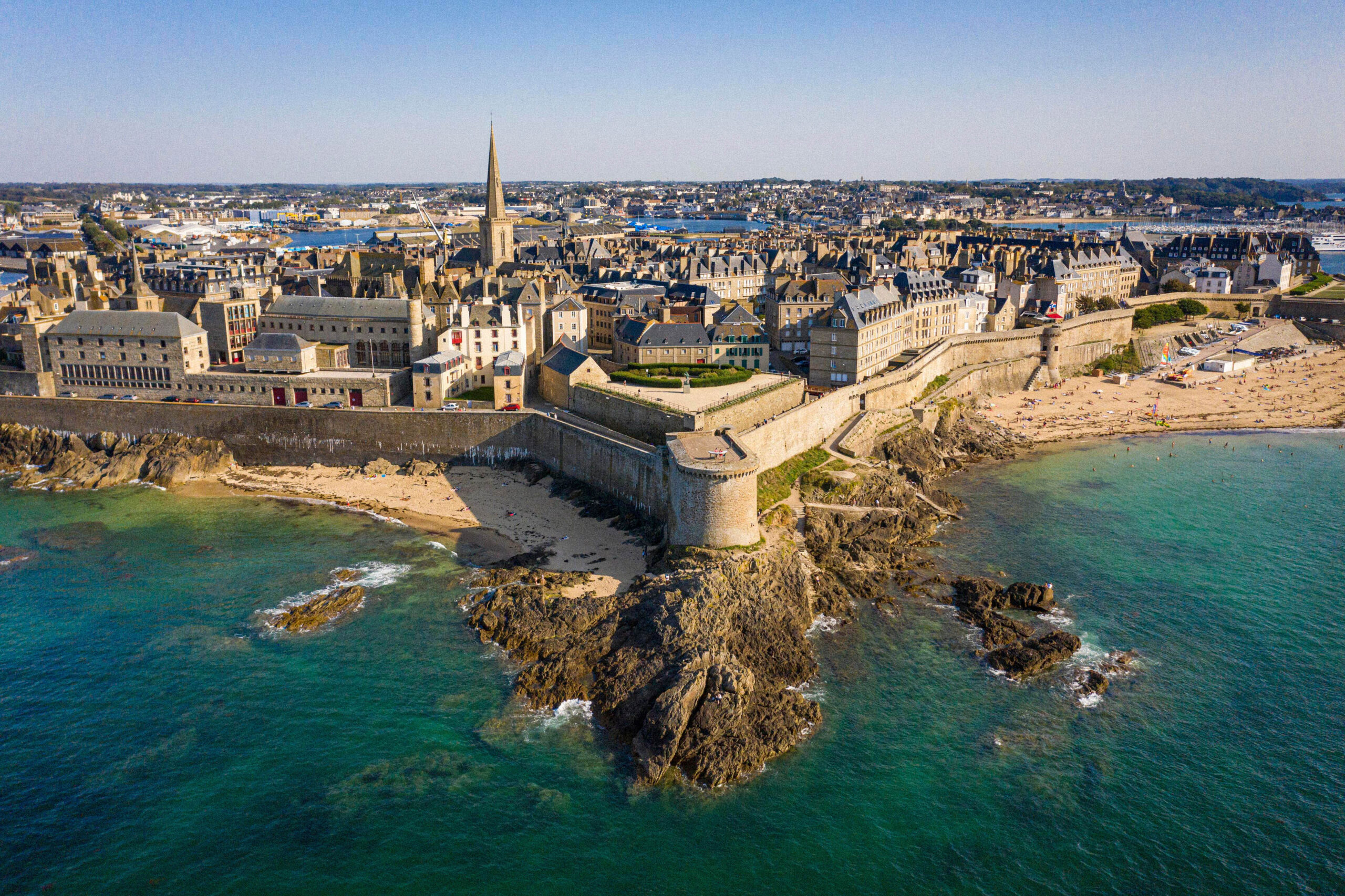
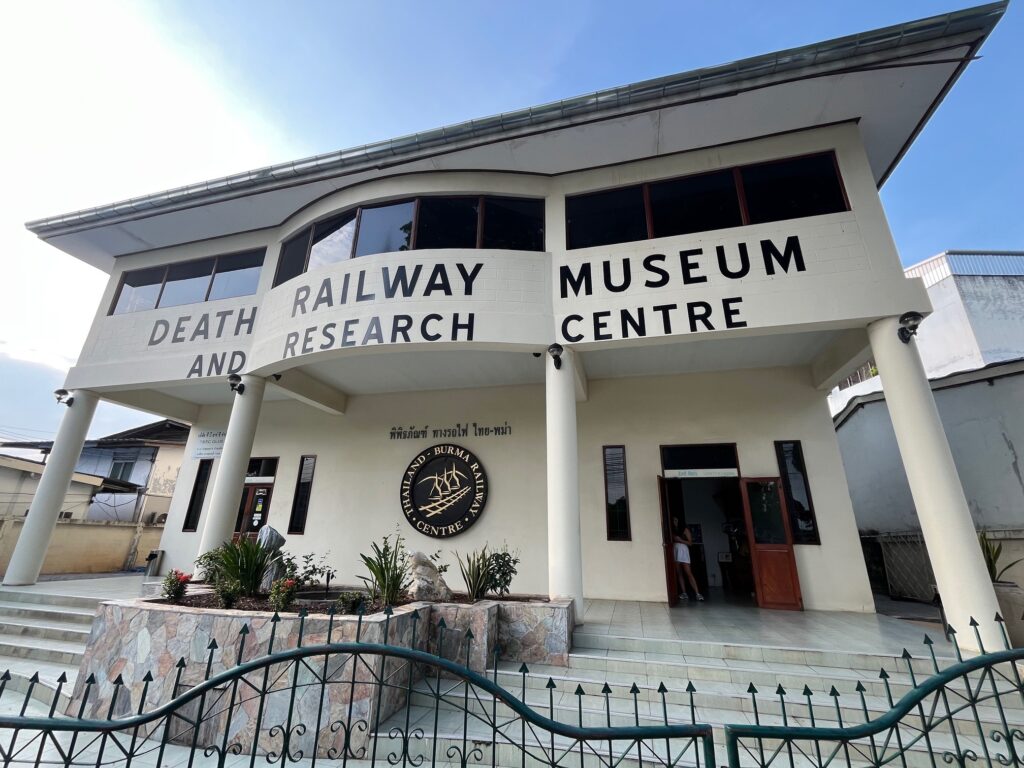
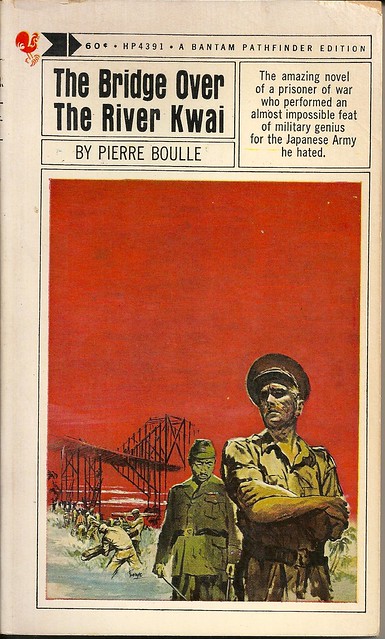
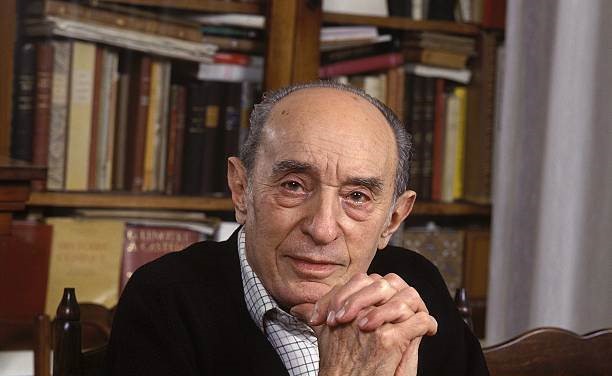
My father was one of the American POW’s who built the Death Railway bridges, and laid te track.
His ship, USS Houston CA30, was sunk on his 21st birthday. He was a POW for over three years.
You can read about him by searching for …
Walter Leroy Beeson.
Thank you very much Sharine for this information. I looked it up and found your father’s obituary here:
https://www.dailyleader.com/tag/walter-leroy-beeson/
Very inspiring life!